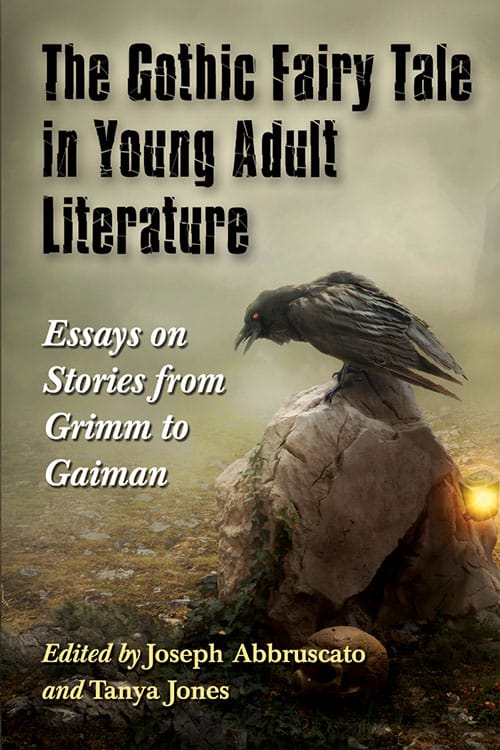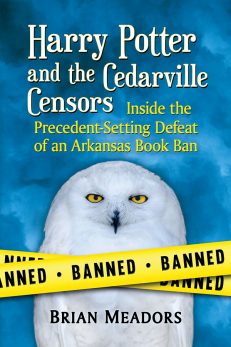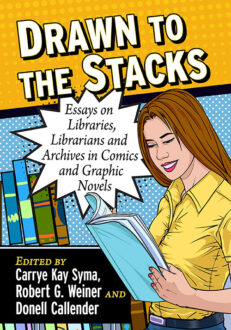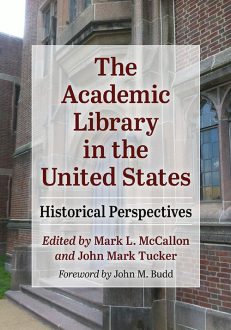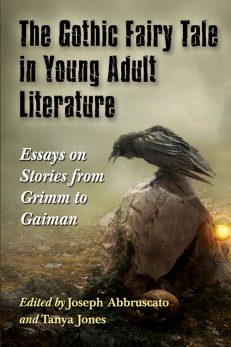The Gothic Fairy Tale in Young Adult Literature
Essays on Stories from Grimm to Gaiman
$29.95
In stock
About the Book
Rooted in the oral traditions of cultures worldwide, fairy tales have long played an integral part in children’s upbringing. Filled with gothic and fantastical elements like monsters, dragons, evil step-parents and fairy godmothers, fairy tales remain important tools for teaching children about themselves, and the dangers and joys of the world around them. In this collection of new essays, literary scholars examine gothic elements in more recent entries into the fairy tale genre—for instance, David Almond’s Skellig, Neil Gaiman’s The Graveyard Book and Coraline and Lemony Snicket’s A Series of Unfortunate Events—exploring such themes as surviving incest, and the capture and consumption of children. Although children’s literature has seen an increase in reality-based stories that allow children no room for escape from their everyday lives, these essays demonstrate the continuing importance of fairy tales in helping them live well-rounded lives.
About the Author(s)
Bibliographic Details
Edited by Joseph Abbruscato and Tanya Jones
Format: softcover (6 x 9)
Pages: 216
Bibliographic Info: notes, bibliography, index
Copyright Date: 2014
pISBN: 978-0-7864-7935-1
eISBN: 978-1-4766-1725-1
Imprint: McFarland
Table of Contents
Introduction: The State of Modern Fairy Tales
(Joseph Abbruscato) 1
“Something like you, something like a beast”: Gothic Convention and Fairy Tale Elements in David Almond’s Skellig
(Carys Crossen) 11
“Baby and I were baked in a pie”: Cannibalism and the Consumption of Children in Young Adult Literature
(Tanya Jones) 30
Orson Scott Card’s Ender’s Game: Authoring Home in Fairyland
(Erin Wyble Newcomb) 47
Being Nobody: Identity in Neil Gaiman’s The Graveyard Book
(Joseph Abbruscato) 66
“She would not think of it”: Surviving Incest in Robin McKinley’s Deerskin
(Sarah R. Wakefield) 83
“Transform, and twist, and change”: Deconstructing Coraline
(Lisa K. Perdigao) 102
“Comparatively innocent”: The Terrible Search for Nobility in A Series of Unfortunate Events
(Tim Sadenwasser) 123
Earning the Right to Wear Midnight: Terry Pratchett’s Tiffany Aching
(Eileen Donaldson) 145
“Monstrosity will be called for”: Holly Black’s and Melissa Marr’s Urban Gothic Fairy Tale Heroines
(Rhonda Nicol) 165
Reading in the Dark: Narrative Reframing in the Unheimlich Underworld of Merrie Haskell’s The Princess Curse
(Carissa Turner Smith) 181
About the Contributors 201
Index 203
Book Reviews & Awards
- “Emphasizes the function of dark fairy tales as antidotes to the sanitization of the fairy tale most often associated with the work of the Disney Corporation…makes a good starting point” — International Research Society for Children’s Literature (IRSCL)
- “Gaiman’s Newberry-winning The Graveyard Book is characteristic of the bold stirring-up of suspense and horror in readers’ sensibilities that animates The Gothic Fairy Tale in Young adult Literature…rich in interpretative potential” — Gramarye: The Journal of the Sussex Centre for Folklore, Fairy Tales and Fantasy


